As soon as I launched the demo for Tempest Rising, I was hit with a wave of nostalgia that made me grin from ear to ear. The opening cinematic, complete with its delightfully cheesy dialogue from armored soldiers and a quirky scientist, set the perfect tone. The music, UI design, and units all felt like they were crafted to transport me back to my high school days, when I'd pull all-nighters playing Command & Conquer, fueled by Mountain Dew, taco-flavored Pringles, and sheer excitement. Experiencing that familiar thrill through a new game in today's world is exhilarating, and I'm eager to see what more Slipgate Ironworks has planned for its release and beyond. Whether diving into Skirmish mode to battle clever AI bots or competing in Ranked Multiplayer, playing Tempest Rising feels as natural as slipping into my trusty old baseball glove.
This nostalgic experience is no coincidence. The developers at Slipgate Ironworks deliberately aimed to create a real-time strategy (RTS) game that recaptures the essence of the classics from the 90s and 2000s, while incorporating modern quality-of-life enhancements. Set in an alternate 1997 where the Cuban Missile Crisis escalated into World War 3, Tempest Rising unfolds in a world recovering from nuclear devastation. Amidst this chaos, mysterious flowering vines have emerged, brimming with electrical energy, heralding a new era for those brave enough to harvest them amidst the ruins.
Tempest Rising Screenshots

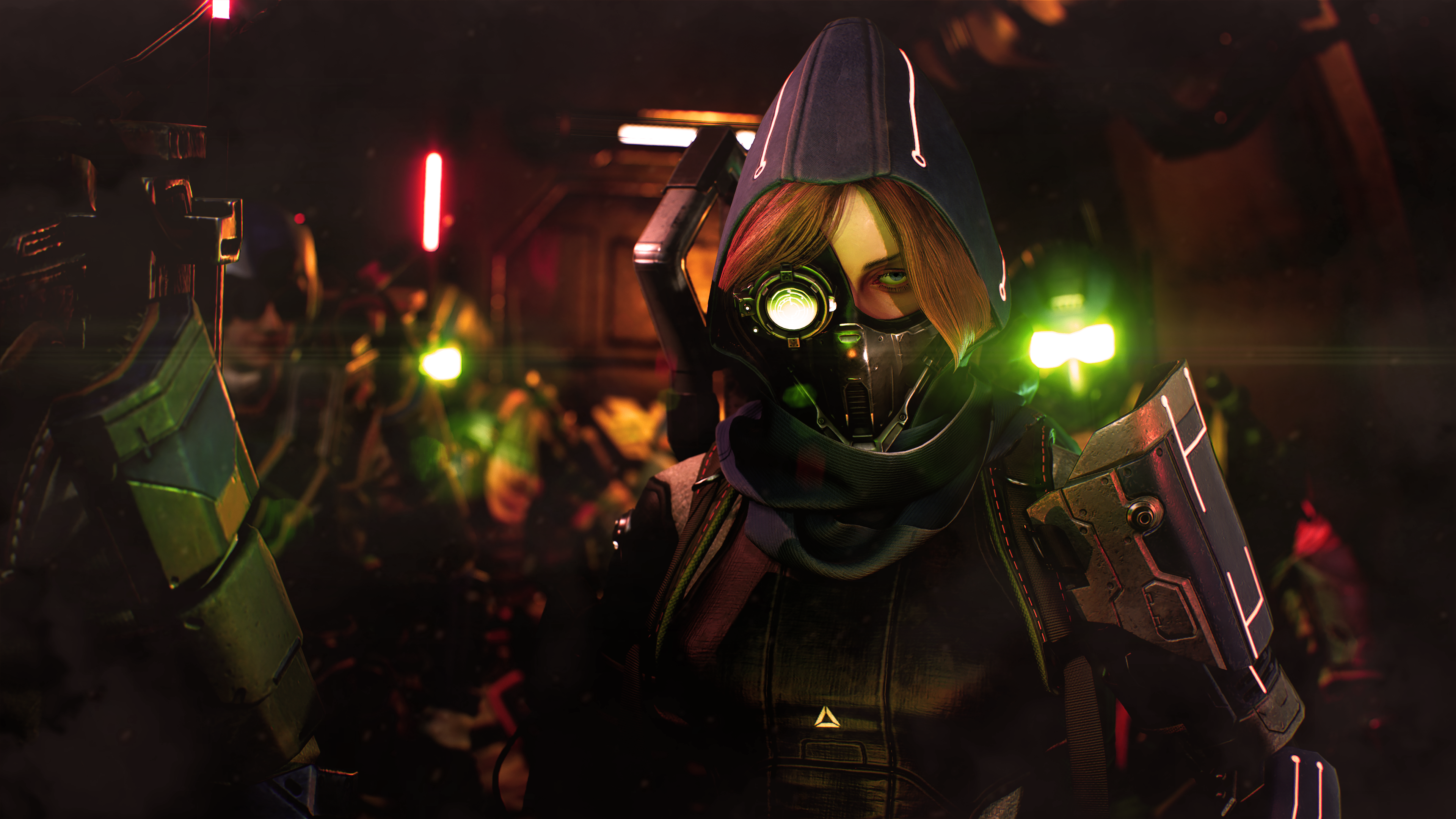 8 Images
8 Images
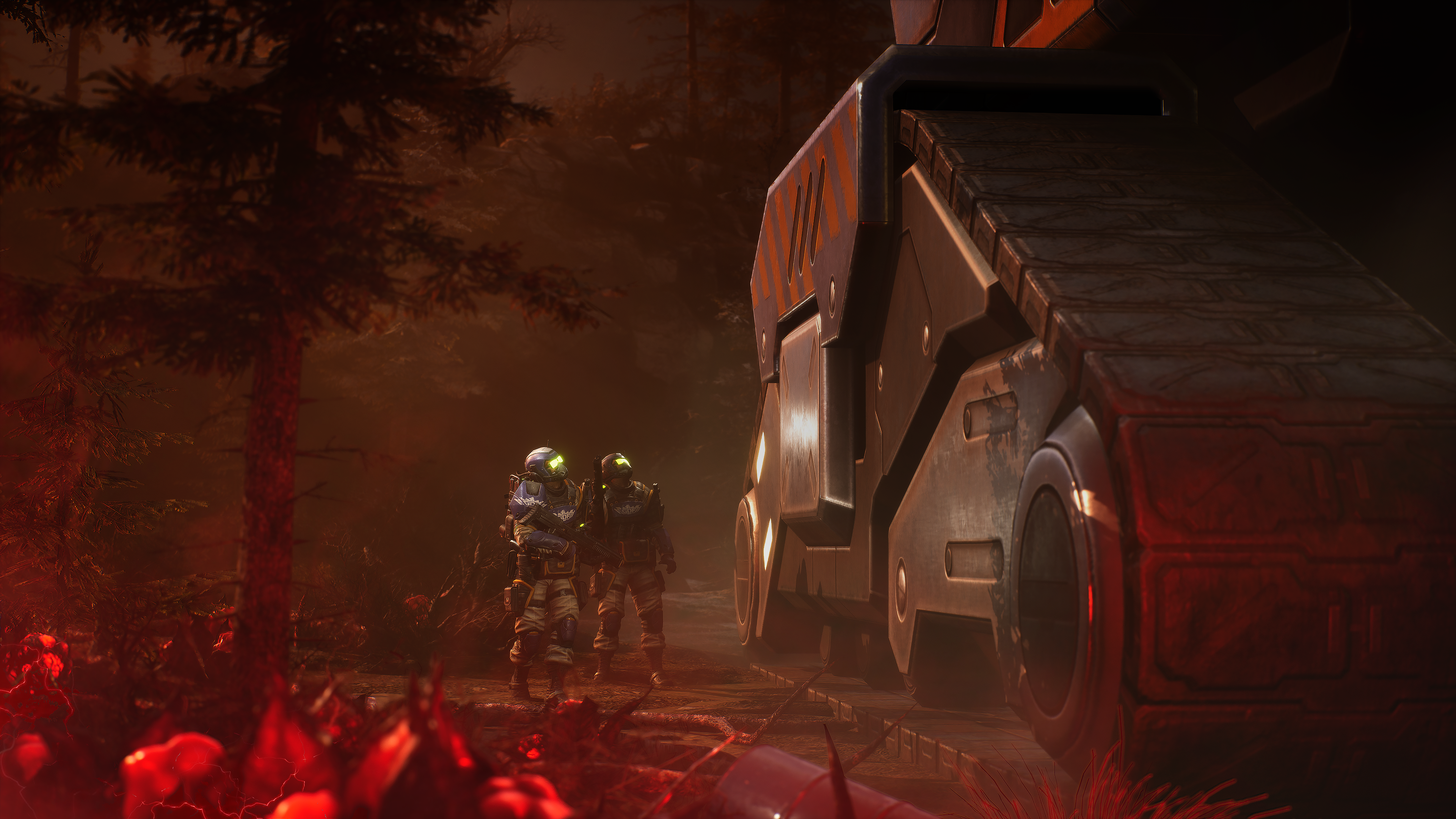
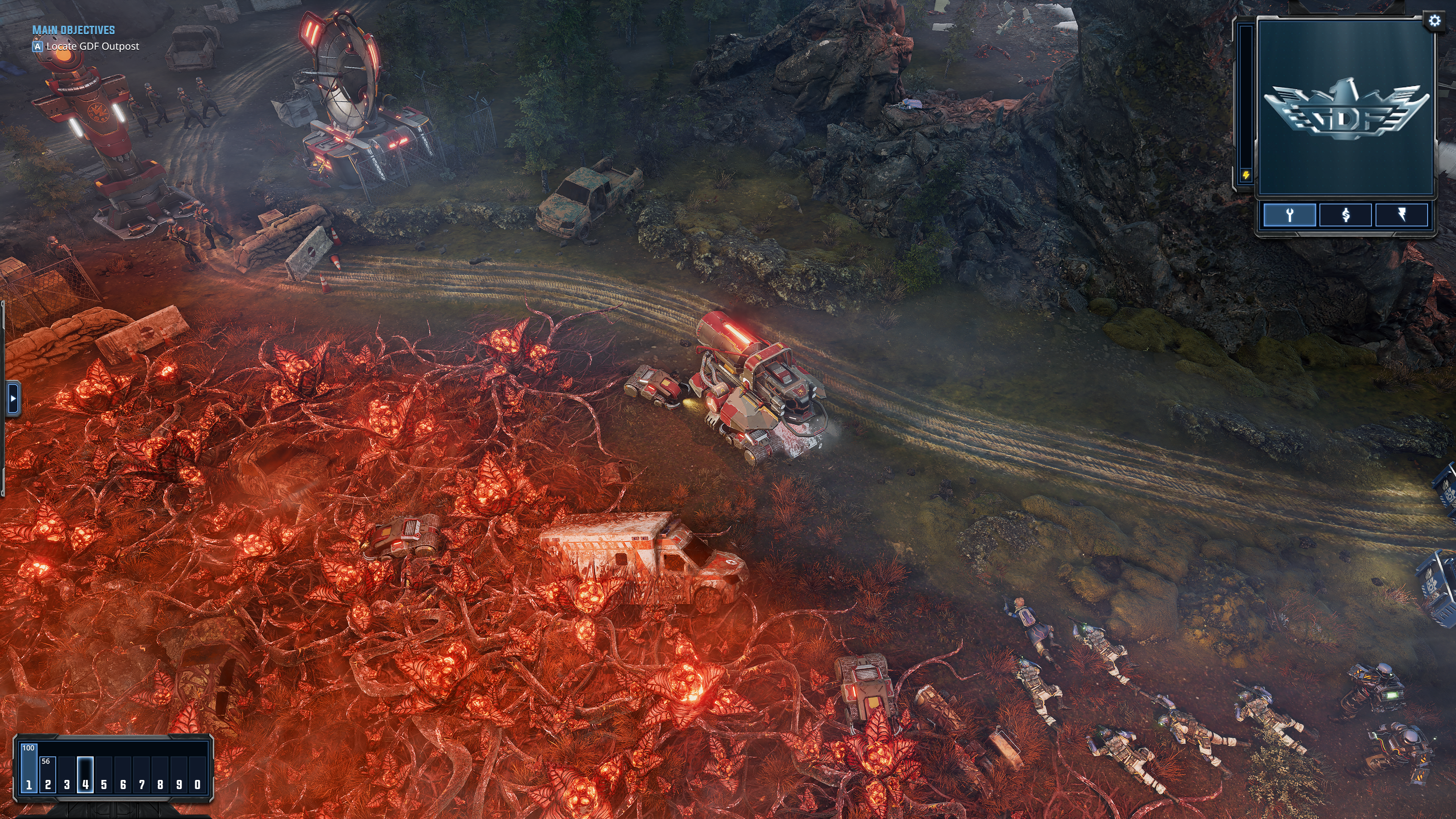
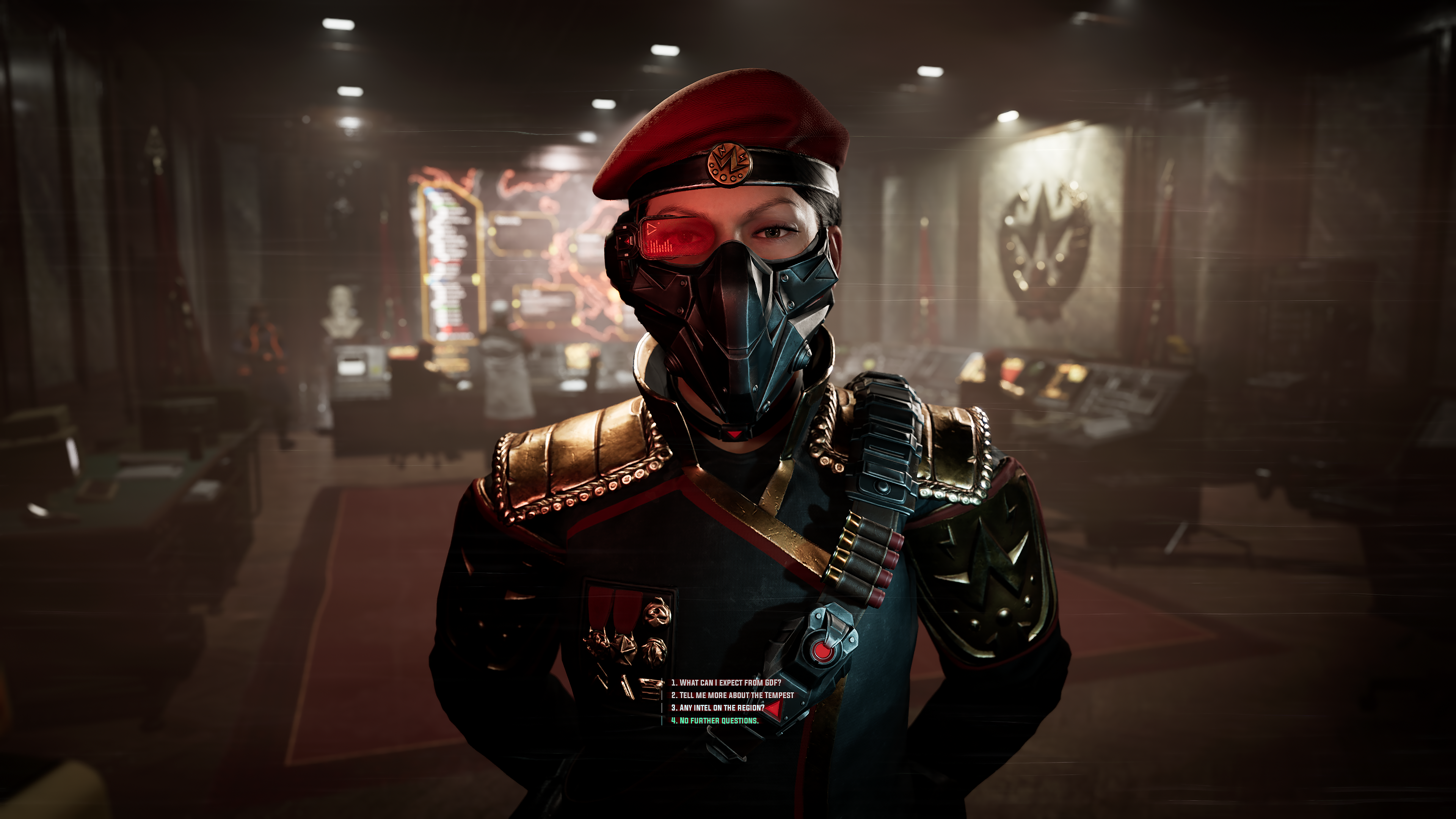
Since my playthrough focused solely on multiplayer, I'm eagerly awaiting the story mode, which will feature two replayable campaigns of 11 missions each, one for each of the main factions showcased in the preview. The Tempest Dynasty (TD) represents an alliance of Eastern European and Asian countries severely impacted by WW3. On the other hand, the Global Defense Forces (GDF) comprise the United States, Canada, and Western Europe. There's a third faction in the works, but details remain under wraps as it won't be playable at launch or in the Steam RTS Fest demo.
The Tempest Dynasty immediately caught my attention, not just for their quirky 'death ball' vehicle, the Tempest Sphere, which humorously rolls over enemy infantry, but also for their 'plans' system. These plans allow for faction-wide bonuses in three distinct categories, activated from the Construction Yard with a simple switch and a brief 30-second cooldown. The Logistics Plan accelerates building and resource gathering, including faster-moving mobile harvesters. The Martial Plan enhances unit attack speed and adds resistance to explosives, with Machinist units able to sacrifice health for a significant attack boost. Lastly, the Security Plan reduces unit and building costs, enhances repair capabilities, and expands Radar vision. I found great success cycling through these plans, balancing resource gathering, rapid construction, and aggressive assaults.
The flexibility of the Tempest Dynasty extends beyond their plans. Instead of traditional base-building around a Refinery, they utilize Tempest Rigs, mobile units that harvest resources until depleted and then move on. This mobility makes executing 'fast expand' strategies easier than ever, allowing my Rigs to venture far from the base without worry, safely gathering resources away from enemy eyes.
Another intriguing Dynasty unit is the Salvage Van, which can repair nearby vehicles or switch to Salvage Mode to dismantle any vehicle it encounters, returning resources to the player. I relished the opportunity to sneak up on unsuspecting opponents, deploying the Salvage Van to cripple their forces while boosting my own resources.
The Dynasty's power plants can also toggle to 'Distribution Mode,' boosting construction and attack speeds of nearby buildings (some of which have cannons!), albeit at the cost of taking damage. Fortunately, the mode automatically deactivates at critical health levels, preventing self-destruction.
While I'm drawn to the Tempest Dynasty, the GDF has its own appeal, focusing on enhancing allies, weakening enemies, and controlling the battlefield. My favorite GDF synergy involves the Marking mechanic, where certain units can mark enemies, causing them to drop Intel upon defeat, which can be used for advanced units and structures. With specific Doctrine upgrades, marked enemies suffer various debuffs, making them more vulnerable and enhancing allied attacks.
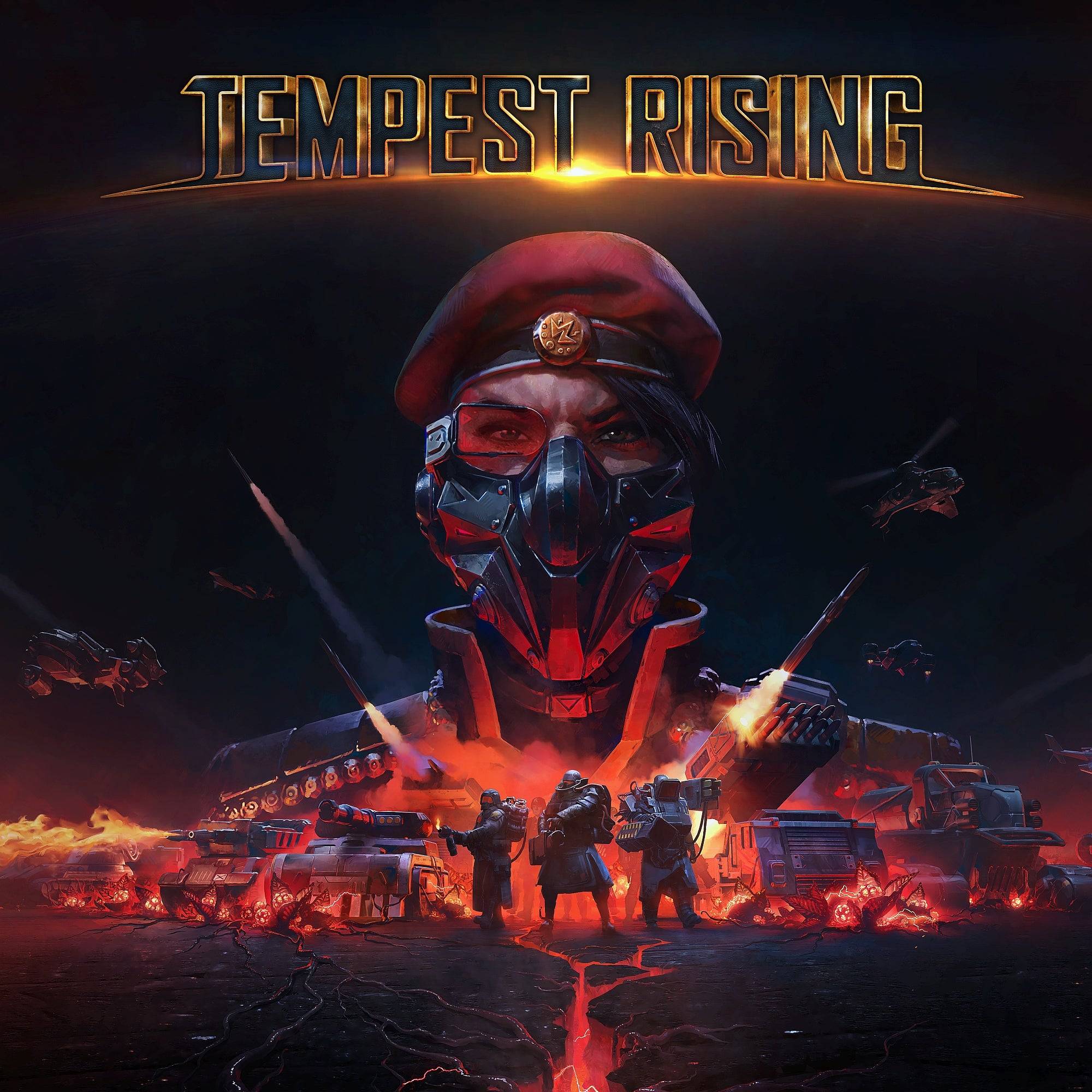 Tempest Rising3D Realms Wishlist
Tempest Rising3D Realms Wishlist
Each faction explores three tech trees, allowing players to tailor their strategy. The GDF's 'Marking & Intel' tree exemplifies this, while the Dynasty has a tree that amplifies their 'Plans.' Beyond tech trees, advanced buildings unlock cooldown abilities, offering powerful strategic options like area damage, troop spawning, spy drones, remote building beacons, and even temporary vehicle incapacitation.
The Dynasty's limited number of buildings, each upgradable to advanced versions, makes losing one to an enemy Engineer particularly painful. However, their Lockdown ability prevents enemy takeovers, though it temporarily halts the building's actions. The Field Infirmary ability was particularly useful, allowing me to establish healing zones anywhere on the map, complementing the Dynasty's focus on repairing and supporting both infantry and mechanized units.
There's much more to explore, and I'm thrilled about the prospect, especially since the full release will introduce Custom Lobbies, allowing me to team up with friends against the cunning AI bots, known for their effective hit-and-run and harassment tactics. Until then, I'll continue to enjoy squishing my bot enemies with swarms of death balls in solo play.








